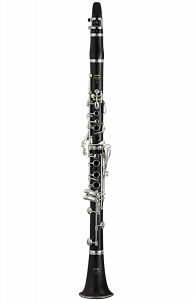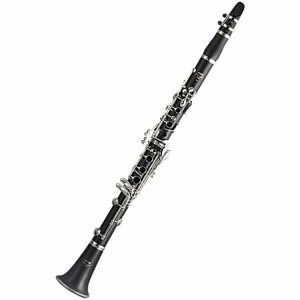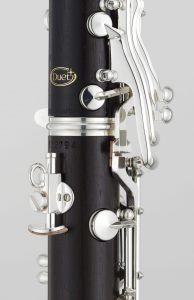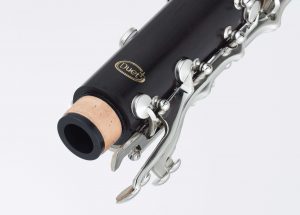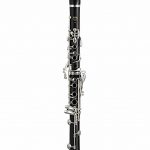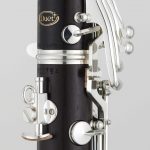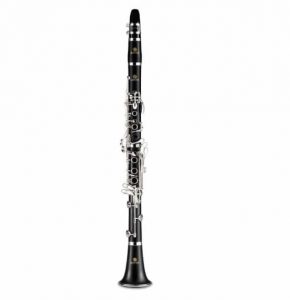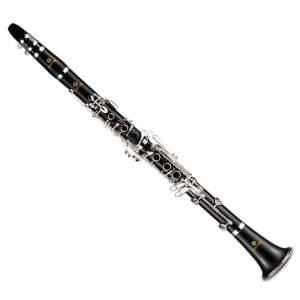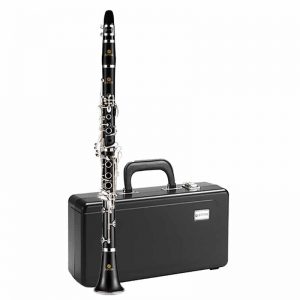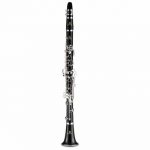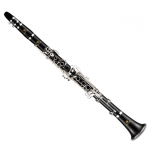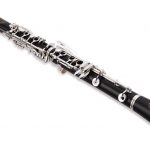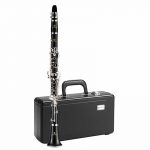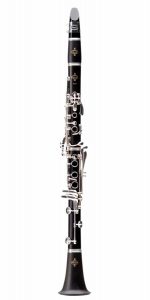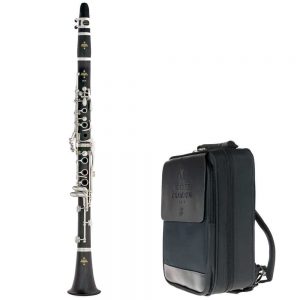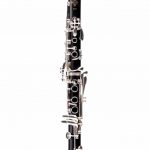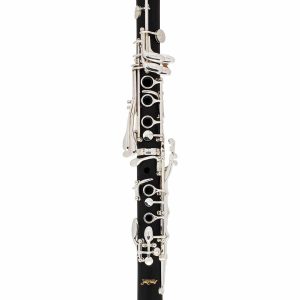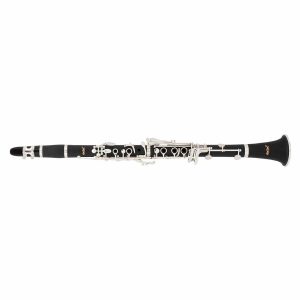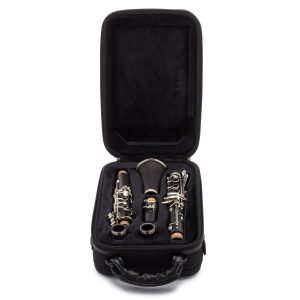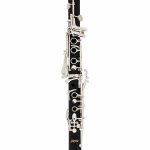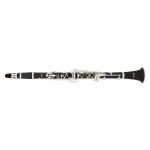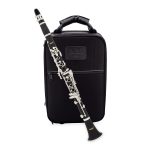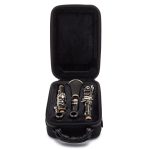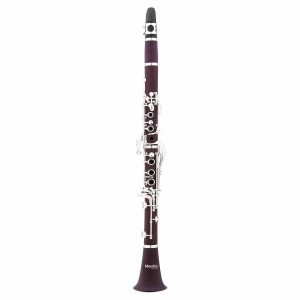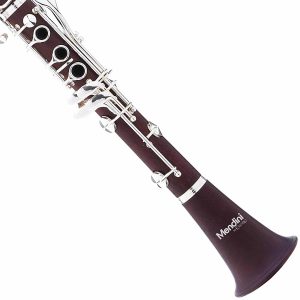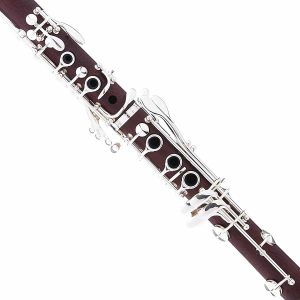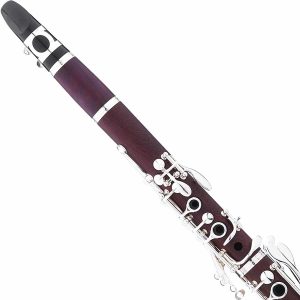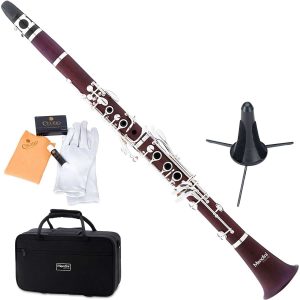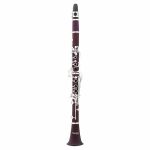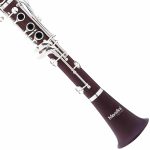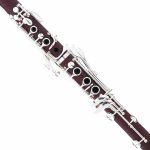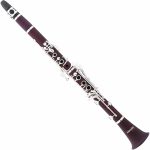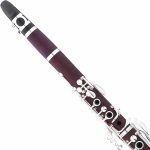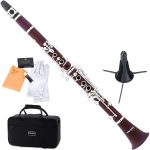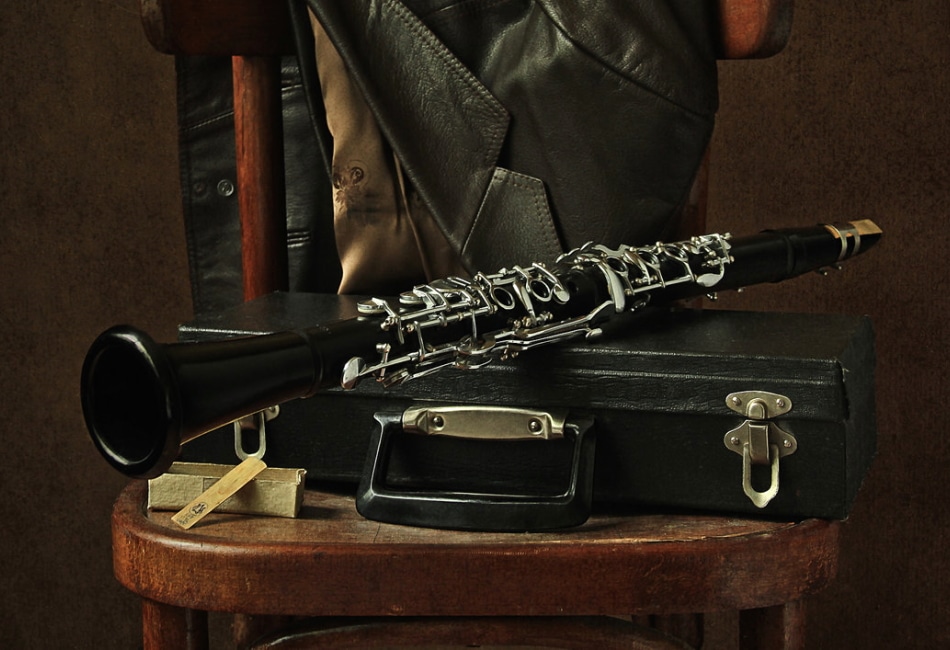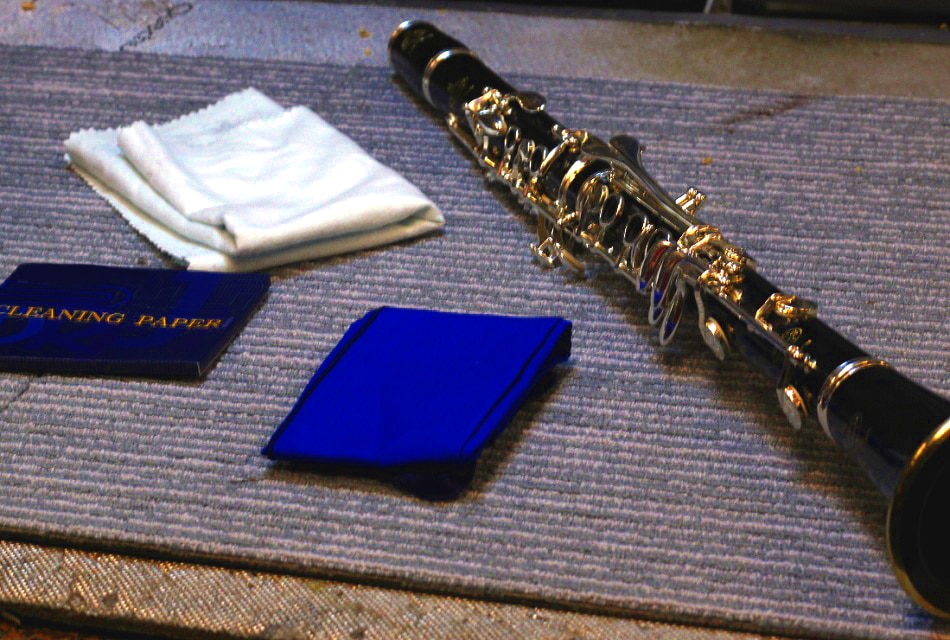Reasons to get a top-quality intermediate clarinet
As alluded to already, buying a top-quality intermediate clarinet will open doors in terms of being able to play in bands, record your playing and more. Though it won’t directly make you a better player, it will mean that you aren’t being let down by your instrument when the time comes to play on stage.

A top-quality intermediate clarinet can last many, many years. Some say that you’re never a true pro until you’ve had 10,000 hours of practice. This can mean a lot of time where an intermediate clarinet is more than sufficient. Kept well, and properly looked after, your clarinet can last a decade or even more.
Features to consider when choosing an intermediate clarinet
The following are the main features you should be considering when you are making your choice of clarinet. Some people may prioritize some features over others. Generally speaking, the aspects covered below will dictate the quality of the model in question.
Clarinet key
The vast majority of clarinets are in B flat (often written simply as Bb). This means that you are probably already playing a Bb clarinet as a beginner. Buying one in a different key can mean having to relearn a lot of pieces of music and skills you’ve picked up.
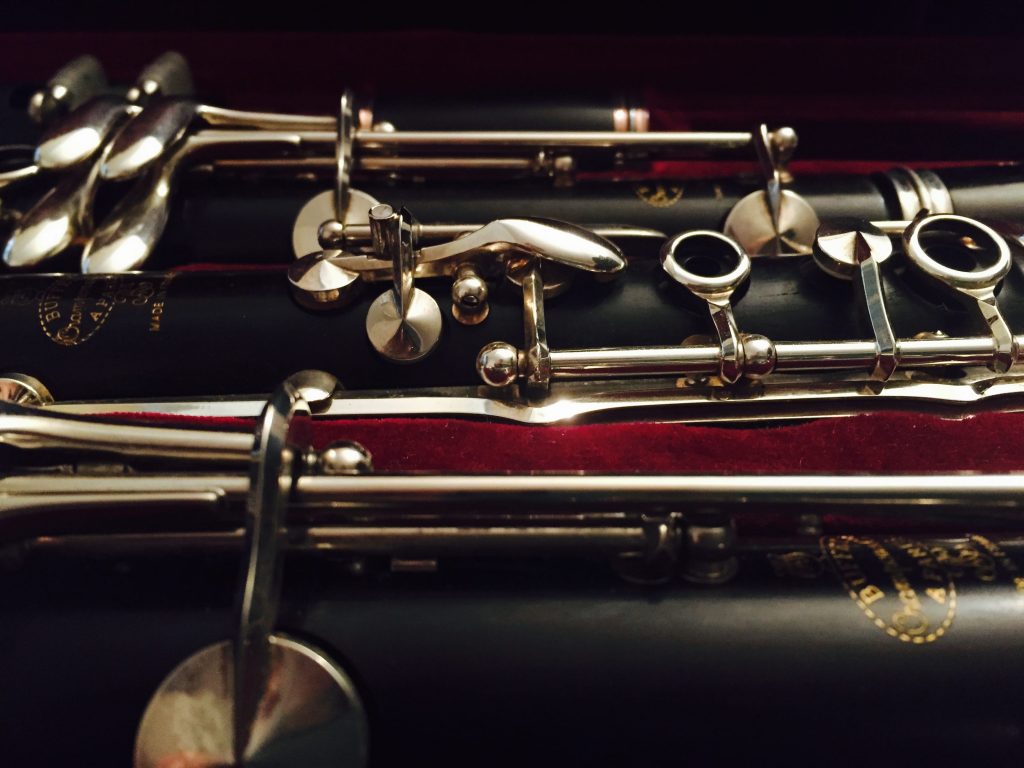
You should probably be looking for the best intermediate b flat clarinet you can find within your budget. Playing anything other than a Bb clarinet is quite a specialist thing, fine for some types of music, but not the ‘standard’ way of doing things. If you are looking to purchase a clarinet to give you the easiest route to being able to play your favorite songs. Opt for Bb! A key clarinets are also available.
Fortunately, all of the products on the list are in the more common key of B Flat.
Barrel length

The barrel length usually relates to the key. If you are buying a Bb clarinet it is usually 65mm in length, whereas an A key clarinet will usually be 66mm. This isn’t always the case, and it depends on the manufacturer and the design of the clarinet itself.
The right barrel shape, without getting too scientific, is about intonation, and the clarinet responding to the keys being played.
Body and keys materials
The keys are vital, they are how you interact with the instrument as they ae used to both uncover and cover the holes of the instrument. This is how the pitch is changed and you can play melodies.
The material and the plating of the clarinet keys is important for both the feel and reliability. If you have a key which is poorly made, it could stop working or reliably covering the holes which can let you down when it comes to your performance.
Keys are usually nickel or silver plated, especially in the intermediate range.
The body of the clarinet will usually be made of either wood or ABS plastic, which is a composite material designed to be strong and reliable, but it doesn’t have the best tonal qualities. ABS is often used for cheaper models. Wood is the better call in terms of audio quality. The top three models on our list are all made of Grenadilla wood, including the Yamaha YCL450 Clarinet, our Editor’s Choice.
Keys and rings
The keys themselves are vital for playing the instrument, as already discussed. In our reviews, we’ve mentioned the number of keys and rings included. Keys must be good quality and they are attached to springs which bring them back into position. These must be excellent quality. Barrel rings constrict the barrel in order to stop the pressure from splitting the barrel.
Mouthpiece

The mouthpiece is a really important part of your clarinet, it is the bit you put to your mouth and blow air into. The vibrations created are the origin of the whole sound. The shape can alter the tone. The size of the opening at the tip also has an impact.
The clarinets on the list all have mouthpieces included, which have been optimized for the instrument itself. Most are made out of vulcanized rubber but there also wooden mouthpieces for clarinet. In more rare cases there are even glass versions. Mouthpieces can be replaced, but a good quality mouthpiece should be included with an intermediate clarinet.
Weight
The weight of the instrument is related to the materials it is made of, and though it isn’t directly an indicator of quality, a lot of the better woods are slightly heavier. On top of this, though none of the instruments on our list are hugely heavy, if they are being played over a long period of time, they can put a strain on your hands or specifically thumbs.
Type of carrying case
There are a surprising amount of carrying cases available. These are quite self-explanatory.
A soft-shell case may be cheaper, but it isn’t going to be the most durable.
Some are semi-hard shells, meaning hardened panels to resist water. Hard cases and waterproof cases are ideal, and some products have tried to be even more experimental and useful with the case. For instance, the
Buffet Crampon E12 France Intermediate Bb Clarinet which has a backpack-style carry bag.
Tips on caring for your clarinet
Clarinet, and other woodwind instruments can take quite a lot of maintenance compared to other instruments.

These tips can help you to ensure your clarinet stays in good shape and lasts a long time:
- Always clean the mouthpiece after use and rinse it out.
- Regularly wipe fingerprints off the ligature and keys to stop oils from your fingers causing damage and degradation of the keys (or rust).
- Oil your keys with the oil provided to keep them protected.
- Swab each and every part of your clarinet after use.
- Oil the bore once a year.
- Keep the clarinet in its case and make sure the humidity is between 45 and 55% to keep the wood from warping.
- Don’t expose the clarinet to extreme temperatures.
Nobody said that caring for your clarinet would be easy!







